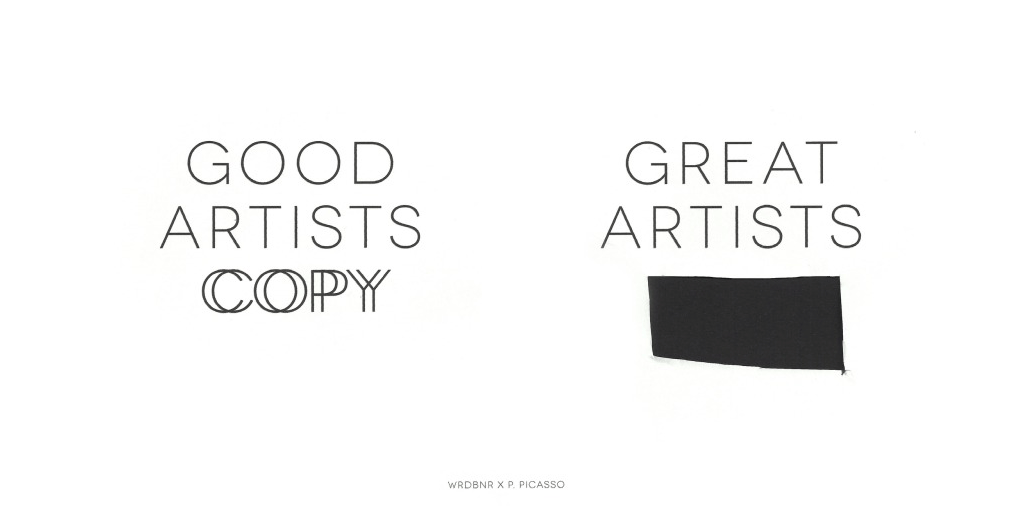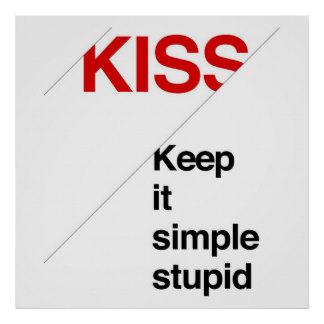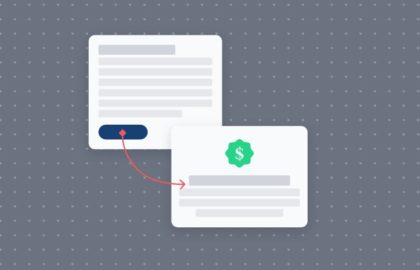There’s a lot that goes into becoming a truly great designer like JJ Lee. It can’t be done just by reading a book. As with anything, it takes practice, time and discipline to develop your skills.
This article is a collaboration between JJ Lee, Designation’s lead design instructor, and myself, the full-time daytime instructor. It’s intended to give you some quick, practical, and most of all effective exercises to help you become a better designer.
1. Look for ux / ui designers that have top rated portfolios.
In order to cultivate a discerning eye for good design, you need to study good design so that you’ll know it when you see it. Visit showcase websites like awwwards.com and thefwa.com on a daily basis. As you look at new pieces, challenge yourself to think critically about the typography, the layout, the images, iconography, copy, etc. Remember, someone made a choice about every single detail you see. Study each element and ask yourself why the designer made the choices they did.
EXERCISE: There’s a long list of sites for inspiration available in our Mega List of Resources. Read it. Learn it. Live it.
2. Recreate and mimic examples of good design.

It’s said that good artists copy, but great artists steal. So it’s time to start stealing! Well, steal from them, but avoid lawsuits.
How to become the best designer in 2022
JJ and I each learned how to be good designers by mimicking other designers we admired. That’s because you need to learn how to walk before you can run. So borrow styles: use the same font choices, similar color palette, and similar photography.
EXERCISE: Start with a website or poster, and try to recreate it. Then once that’s done, try redesigning it, element by element. Start by changing the font and typography, then try changing the color palette. Next, change the layout, then the images. As you do this, you should see the impact of your changes on the overall aesthetic. This will hopefully help you to understand the relationship between these design choices, and better inform your own design work.
3. Learn the rules of design before you try to break them.
It’s very tempting as a young designer to want to come up with something completely original for every project. Don’t . You won’t succeed if you try and reinvent the wheel at every turn. Instead, start with what you know is good and work your way from there. Look at existing design patterns. Learn the principles of visual design first. Then you can begin to break the rules as you grasp the fundamentals.
EXERCISE: Read books on the The Elements of Graphic Design to familiarize yourself with the principles of good design.
4. K.I.S.S. (Keep it simple… student)

Good design is clean and minimal. Cut out the chaff and always reduce and refine. Taking away is harder than adding elements. It’s more valuable to learn how to do a good job designing something simple than to design something complicated poorly.
Start with the basics and build your way up. Always take a step back and ask… do I really need this? Think critically about your own work.
EXERCISE: Pick up the nearest magazine and open it up to the first print ad you see. Look at every single element on the page. Do they already really deserve to be there? Why or why not? Unless you happened to pick up an issue of Communications Arts, or get extraordinarily unlucky, this shouldn’t be difficult. Most ads are pretty bad.
5. Learn to obsess about the details. Strive for pixel perfection.
To be a great visual designer, you need to be obsessed with getting the details right. No pixel can ever be out of place; everything should line up against a grid. Every font size should follow a consistent visual hierarchy. Good designers tend to be a bit OCD (obsessive compulsive). Aspire to be equally anal retentive. (No snickering)
EXERCISE: Find something you made when you were first starting out and clean it up. Or if you’re still just starting out, fix something you made last week. Open up the project file and don’t stop noodling until every last detail is perfect.
6. Stalk designers you like.
Find out what cereal they eat for breakfast. What beer they drink every Saturday night… everything. Okay maybe not that creepy… JJ used Starbucks, Coca Cola and Apple as brands that he looked up to and set his standards to their level. He literally went to the grocery store every 2-3 weeks just to look at their packaging on the shelves and see what those brands were doing. He picked up their ads and documented every move they made. Soon, after you learn to follow these standards, you’ll begin to understand what it takes to do put your own spin on things.
EXERCISE: Get on Dribbble and Behance and start stalking!!!
7. Practice, practice, practice
Design something new every day. No exceptions. In order to get good, there’s simply no replacement for actually doing the work. There’s a study that’s mentioned in Malcolm Gladwell’s book Outliers that suggests it takes about 10,000 hours to become an expert at anything. That’s about five years at a typical full-time job.
That means you have many years and hours of designing to get through before you become really good. Give yourself small design challenges on a daily basis, and try to design something new, no matter how small. This will get you a long way towards hitting that 10,000 hour goal. I guarantee you that you will become more proficient quicker if you keep doing new work.
EXERCISE: Photoshop and Illustrator are both incredibly deep programs, and with extremely useful built-in tutorials and help menus. Continue to explore new features and techniques and challenge yourself to making something with an unfamiliar style.
That’s it for now. I hope you found this helpful. If you ever have any questions, by all means please email me at won @ designation dot io or JJ at JJ at designation dot io.
Until then, keep designing, keep creating, and always always always keep learning.
Sincerely, Won J. You and JJ Lee




